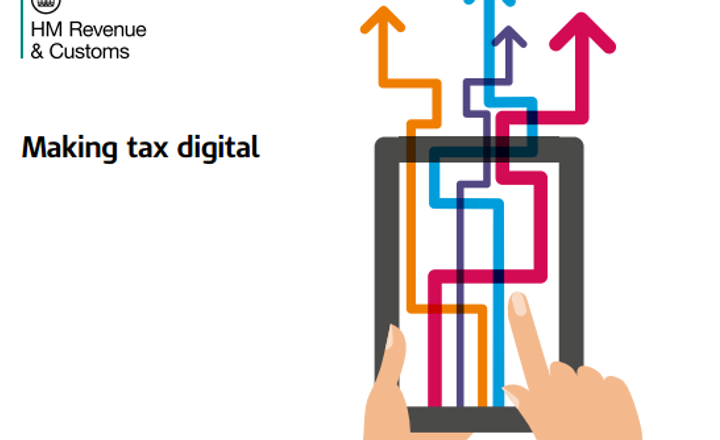Making Tax Digital: What is it and why is it important?
We’re living in the digital age and deserve a transparent and accessible tax system. We also shouldn’t need to tell HMRC what it already knows. On the face of it reducing the burden on taxpayers and providing clearer information can only be good, right?

What’s the solution?
According to the government that would be ‘Making Tax Digital’ (MTD). Announced as part of the March 2015 Budget, it’s their vision for revolutionising the tax system, making it easier for taxpayers to keep HMRC informed and providing clearer information on tax due. It’s also hoped that it will reduce the gap between tax owed and paid, currently estimated to be ~£36billion.
Sounds interesting, what’s the catch?
MTD has a very ambitious timetable, starting in April 2018 and to be fully implemented by 2020. Yet exactly what the changes will mean has not been announced and many are finding it difficult to plan. Initial consultations ran until early November 2016, with the government’s response to the 3,000 submissions expected some time in January.
One of the proposals that I think is a really good idea is an online tax account. This will show all information held by HMRC, pre-populated where possible with information already received from third parties. It was introduced last year for individual taxpayers and pulls together information such as income tax, National Insurance, child benefit, and tax credits. The result is that it’s much easier for individuals to view and check for accuracy.
Some of the suggested changes are, however, quite controversial. One being the proposal for all businesses to be required (or forced, depending on your viewpoint!) to use approved software to record income and expenditure. It’s expected that this will be at least quarterly, although those with turnover of less than £10,000 will be exempt. Many small businesses use spreadsheets for their accounts, but as things currently stand they’ll need to move to other software. This could mean big costs in terms of staff time and accounting support, in addition to the software itself.
What’s wrong with the current system?
Some would ask what’s right with it! In order to get a full view of their tax situation, taxpayers currently need to contact the separate HMRC departments that deal with each tax. Being able to view everything in one account is much more palatable than spending your afternoon calling various HMRC departments!
Another issue is that those with fluctuating income often find themselves under or over paying tax. This problem isn’t limited to those who are self-employed. Most PAYE information is submitted in real time, yet many employees still don’t know their final tax position until after the end of the tax year.
Everyone must be excited about this coming, right?
Wrong! A recent survey by taxation recruitment consultancy Brewer Morris showed that 69% of respondents supported tax digitalisation. However, in the same survey a huge 76% thought that the deadline set by HMRC is ‘unachievable’. This has also come in for criticism from the House of Commons Treasury Committee. In a report published 14 January they recommended that the timetable be pushed back to at least 2019-20. They also raised concerns that the costs to businesses would outweigh any benefits. Of course many of these costs will reduce taxable profits, and in turn tax being paid, meaning that HMRC’s aim of reducing the tax gap by £945m may well not be realised.
What do I need to do now?
Until more is known about the exact changes and their timescales the main thing is to not panic. You should, however, start thinking about what changes you may need to make. If you’d like to discuss how MTD could affect you, and how software such as Xero and ReceiptBank can help, get in touch.
